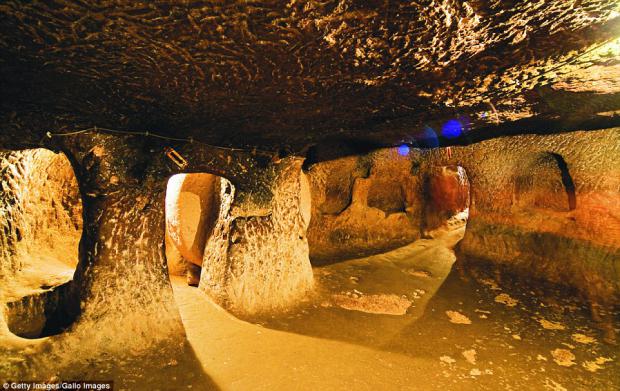
Breaking News
 Outrage Erupts as Released MS-13 Gang Member Kilmar Abrego Garcia...
Outrage Erupts as Released MS-13 Gang Member Kilmar Abrego Garcia...
 The backbone of U.S. capital markets just got the green light to move $100 trillion onchain
The backbone of U.S. capital markets just got the green light to move $100 trillion onchain
 SILVER IS ENTERING A "GENERATIONAL" SQUEEZE.
SILVER IS ENTERING A "GENERATIONAL" SQUEEZE.
Top Tech News
 EngineAI T800: Born to Disrupt! #EngineAI #robotics #newtechnology #newproduct
EngineAI T800: Born to Disrupt! #EngineAI #robotics #newtechnology #newproduct
 This Silicon Anode Breakthrough Could Mark A Turning Point For EV Batteries [Update]
This Silicon Anode Breakthrough Could Mark A Turning Point For EV Batteries [Update]
 Travel gadget promises to dry and iron your clothes – totally hands-free
Travel gadget promises to dry and iron your clothes – totally hands-free
 Perfect Aircrete, Kitchen Ingredients.
Perfect Aircrete, Kitchen Ingredients.
 Futuristic pixel-raising display lets you feel what's onscreen
Futuristic pixel-raising display lets you feel what's onscreen
 Cutting-Edge Facility Generates Pure Water and Hydrogen Fuel from Seawater for Mere Pennies
Cutting-Edge Facility Generates Pure Water and Hydrogen Fuel from Seawater for Mere Pennies
 This tiny dev board is packed with features for ambitious makers
This tiny dev board is packed with features for ambitious makers
 Scientists Discover Gel to Regrow Tooth Enamel
Scientists Discover Gel to Regrow Tooth Enamel
 Vitamin C and Dandelion Root Killing Cancer Cells -- as Former CDC Director Calls for COVID-19...
Vitamin C and Dandelion Root Killing Cancer Cells -- as Former CDC Director Calls for COVID-19...
 Galactic Brain: US firm plans space-based data centers, power grid to challenge China
Galactic Brain: US firm plans space-based data centers, power grid to challenge China
The incredible thousand-year-old UNDERGROUND 18-storey city...

In 1963, a Turkish man in the region of Cappadocia was making improvements to his home when he made an incredible discovery.
After knocking down a wall in his basement, he stumbled upon a secret room, which led to an underground tunnel, which opened up into a completely hidden ancient city: Derinkuyu.
Photos of the preserved city reveal how 20,000 people - including livestock and entire food supplies - could have lived 18 storeys beneath the earth.
Thought to have been created during the Byzantine era in 780-1180AD, the network of kitchens, stables, churches, tombs, wells, communal rooms and schools was most likely used as a massive bunker to protect inhabitants from the Arab–Byzantine wars or natural disasters.
During this time, cave-like chapels and Greek inscriptions were added to the ancient city, and about 600 entrances allowed people to come and go.
Heavy stone doors could close Derinkuyu from the inside in order to fend off intruders, and each storey could be shut off individually.

 This is not a bubble.
This is not a bubble.


